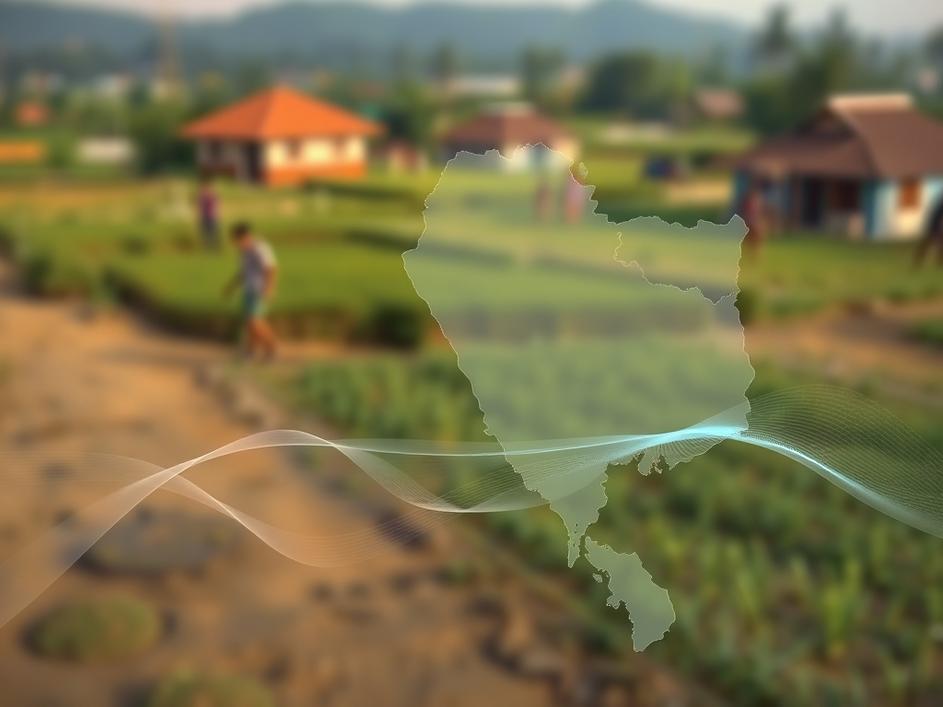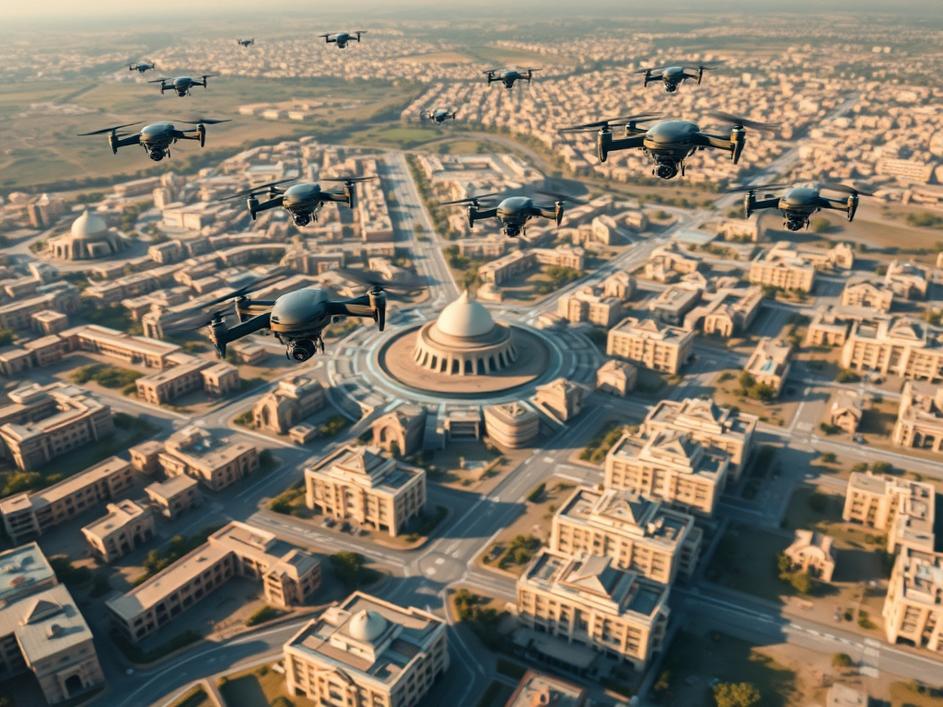


We are a digital agency helping businesses develop immersive, engaging, and user-focused web, app, and software solutions.
2310 Mira Vista Ave
Montrose, CA 91020
2500+ reviews based on client feedback

What's Included?
ToggleDecades after conflicts end, the invisible scars remain. Landmines, buried and forgotten by many, keep claiming lives and livelihoods. Cambodia knows this pain acutely. But a quiet revolution is taking place there right now, bringing immense hope. Tech company NEC and the Cambodian Mine Action Center (CMAC) are working together, using artificial intelligence to accurately predict where these deadly devices hide. This isn’t just a scientific experiment; it’s a lifeline for countless communities, promising a future free from fear and the devastating legacy of war.
\n\n
Imagine living with the constant fear that any step could be your last. For generations in Cambodia, this has been a harsh reality. Years of conflict left behind millions of landmines and unexploded ordnance. These aren’t just historical relics; they’re active threats, preventing farmers from tilling their fields, children from playing safely, and communities from building a better future. The sheer scale of the problem has always been overwhelming, with brave demining teams working slowly and painstakingly, often putting their own lives at risk. It’s a silent, slow war that continues long after the guns fall silent, holding entire nations hostage to the past.
\n\n
Finding landmines has traditionally been a dangerous, meter-by-meter process. Think of it like searching for a needle in a vast, overgrown haystack. But what if you could shrink that haystack, or even point directly to where the needle *might* be? That’s exactly what this new AI system does. It doesn’t just randomly guess; it learns. Engineers fed it huge amounts of data: historical records of conflict zones, detailed maps, terrain information, vegetation patterns, even weather data over time. The AI crunches all these pieces of information, looking for hidden patterns that humans might miss. It can then predict, with surprising accuracy, which specific areas are most likely to contain landmines. This approach helps demining teams focus their efforts, saving precious time and resources.
\n\n
The numbers speak for themselves. This AI model has achieved over 90% accuracy in predicting landmine-contaminated areas. That’s not just a good score; it’s a huge step forward. Imagine how much safer and faster demining operations become when you know, with high confidence, where to look. This precision means fewer false alarms, less wasted effort, and most importantly, fewer risks for the deminers themselves. It means more land can be cleared and returned to communities sooner. This groundbreaking work didn’t go unnoticed; it earned first place at the GICHD-sponsored awards, a major recognition from the global authority on humanitarian demining. This award isn’t just a trophy; it’s a powerful endorsement of a technology that is making a real difference on the ground, proving its value in the most critical of humanitarian fields.
\n\n
The success in Cambodia offers a powerful blueprint for other nations grappling with the same devastating legacy. Countries in Africa, the Middle East, and parts of Asia also face immense challenges from buried explosives. This AI model, with its ability to adapt and learn from various data sets, could be tailored to different environments and conflict histories. It presents a major shift in how we approach demining globally. Instead of endless, costly, and dangerous manual searches, we can now use intelligent systems to guide human efforts, making the entire process more strategic, efficient, and ultimately, more successful. This isn’t just about clearing mines; it’s about accelerating recovery, fostering economic growth, and giving millions of people back their fundamental right to live without fear on their own land. It truly is a beacon of hope for a safer world.
\n\n
At its heart, this isn’t just a story about algorithms and data points. It’s a deeply human story. It’s about a child who can now walk to school without fear. It’s about a farmer who can plant crops on fertile land that was once too dangerous to touch. It’s about families being able to build homes and communities where only warning signs once stood. The collaboration between NEC and CMAC shows how cutting-edge technology, when applied thoughtfully and ethically, can directly address some of humanity’s most persistent and painful problems. This isn’t just innovation for innovation’s sake; it’s innovation with a clear, life-saving purpose. It paints a picture of a future where the scars of past conflicts can finally begin to heal, not just physically, but psychologically and economically too.
\n\n
The work happening in Cambodia stands as a powerful testament to what’s possible when human ingenuity meets persistent global challenges. It reminds us that technology, often seen as complex or even intimidating, holds incredible power to do good. By helping clear the ground, literally and figuratively, AI is not just predicting danger; it’s helping build a safer, more prosperous future for all. This is technology at its very best, serving humanity’s deepest needs.



Leave a reply